מייקל קורין ווסט&sp(1908-1991)
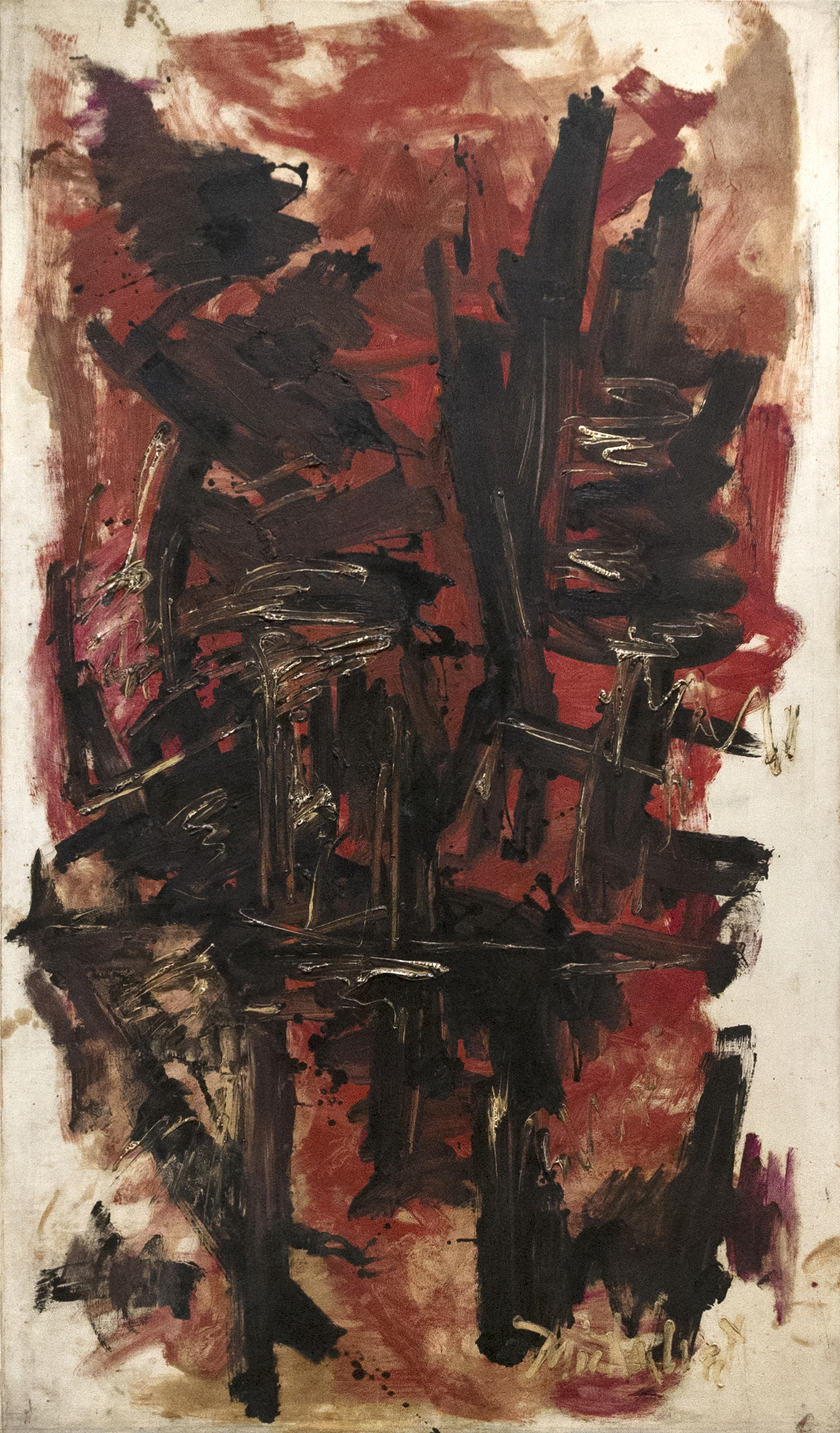
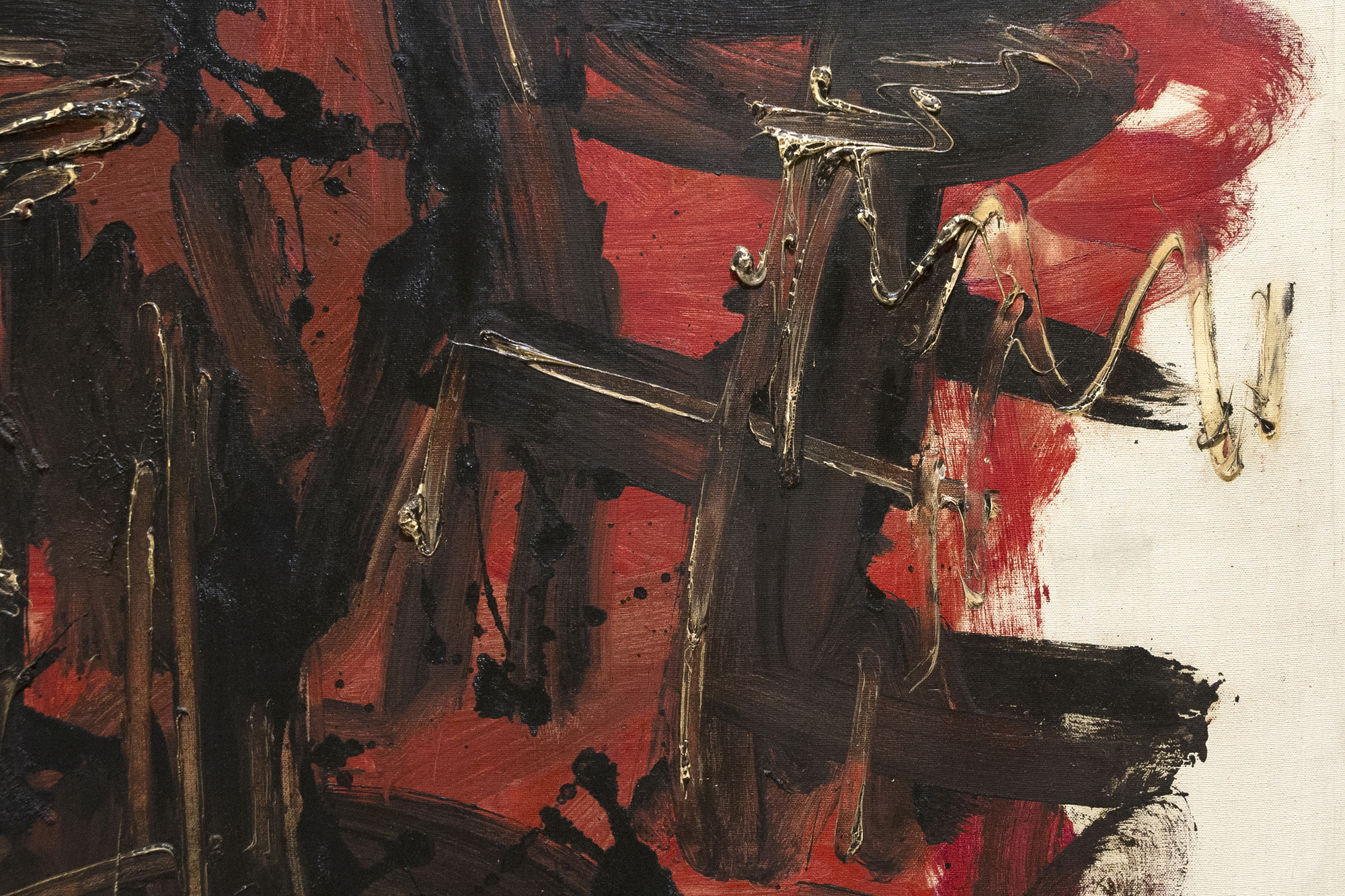

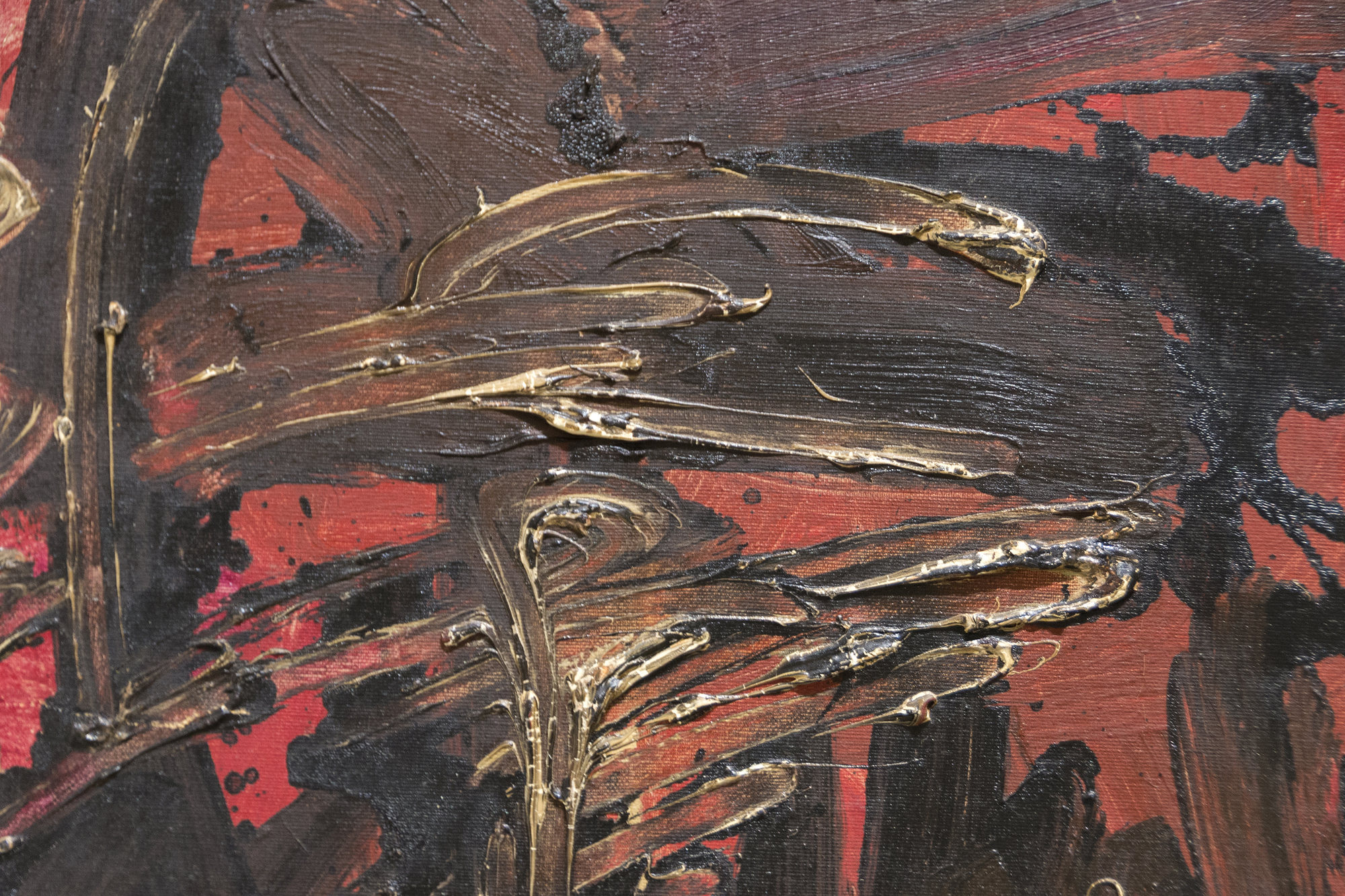
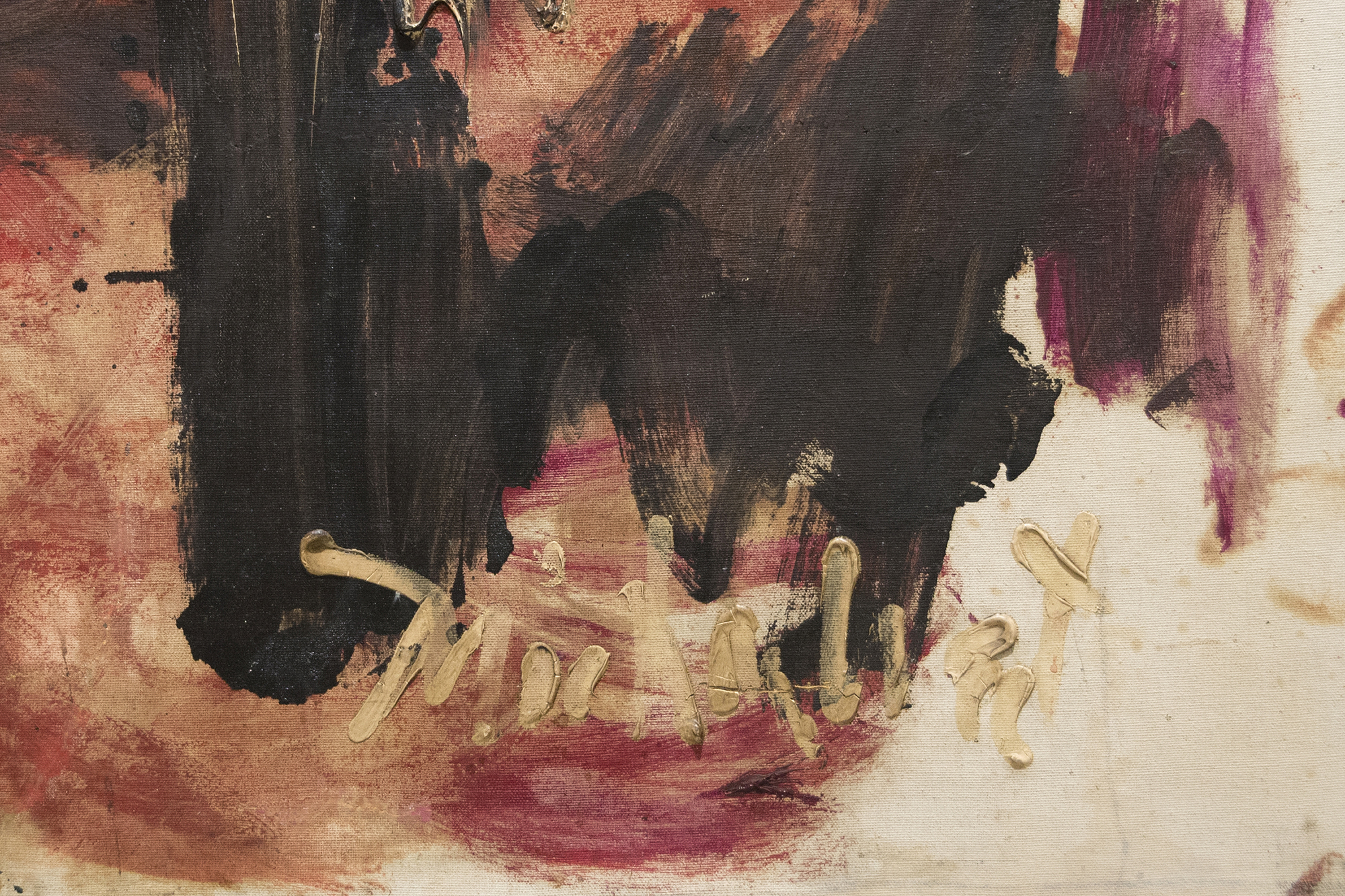
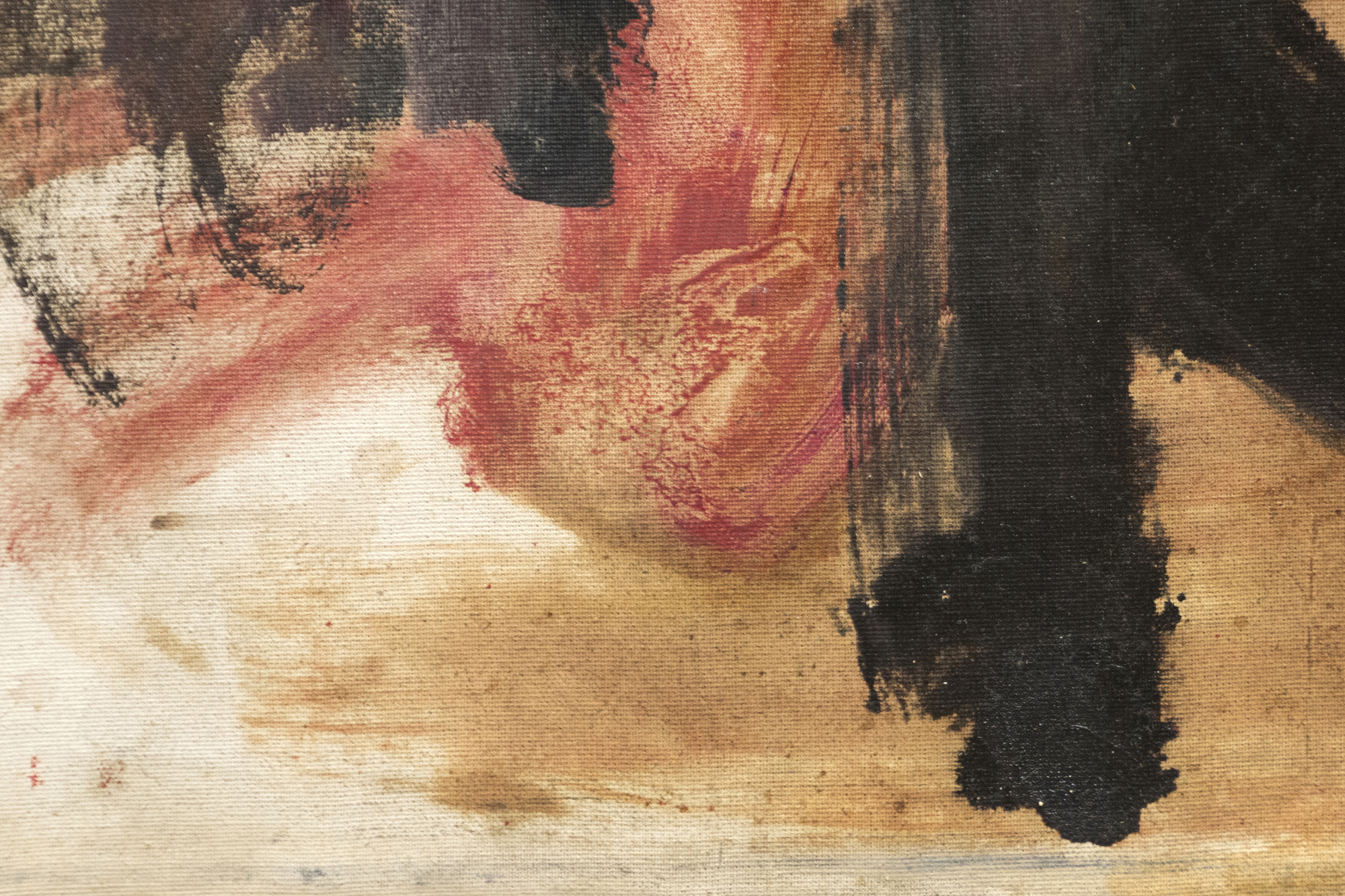
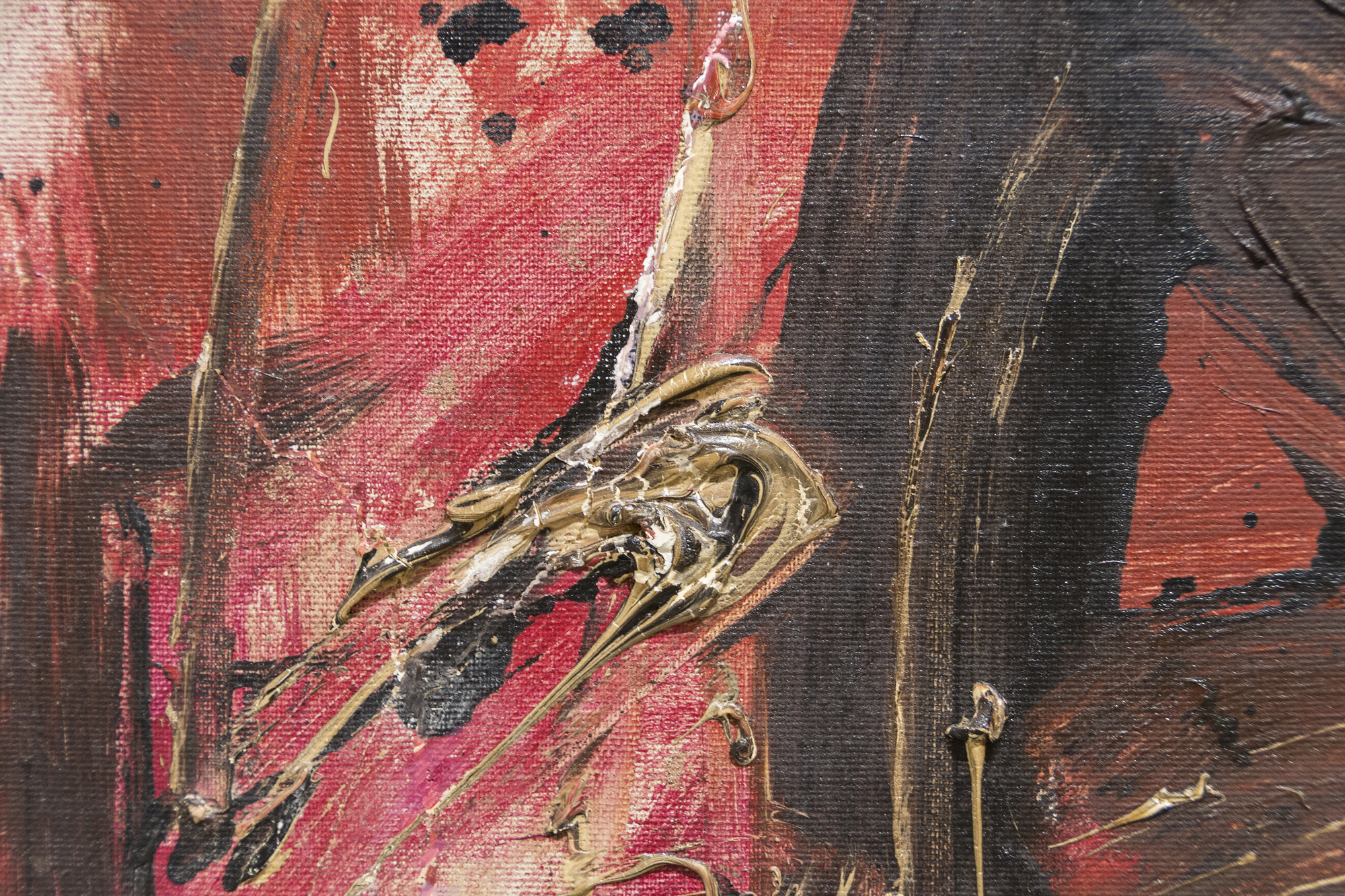
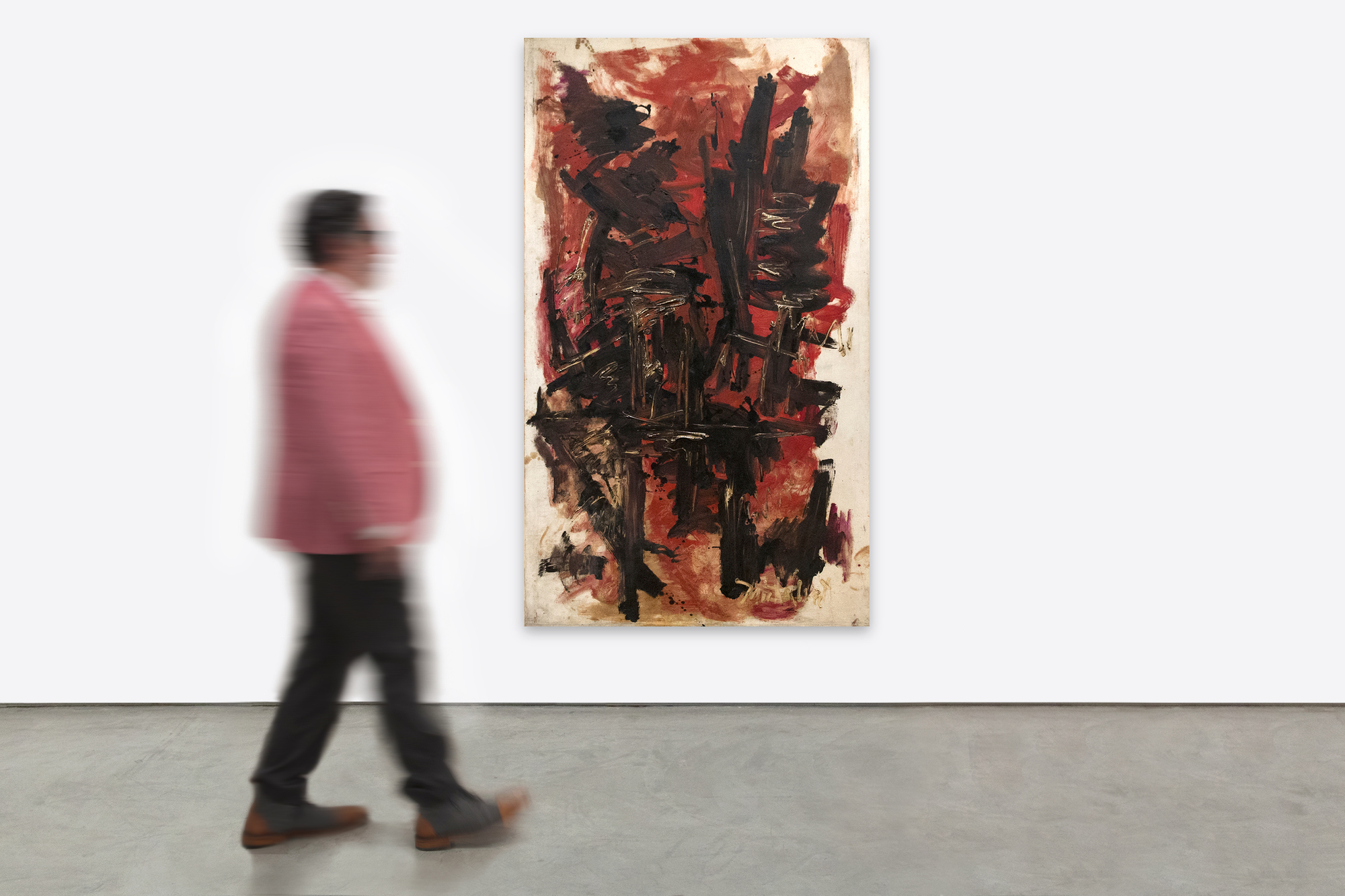
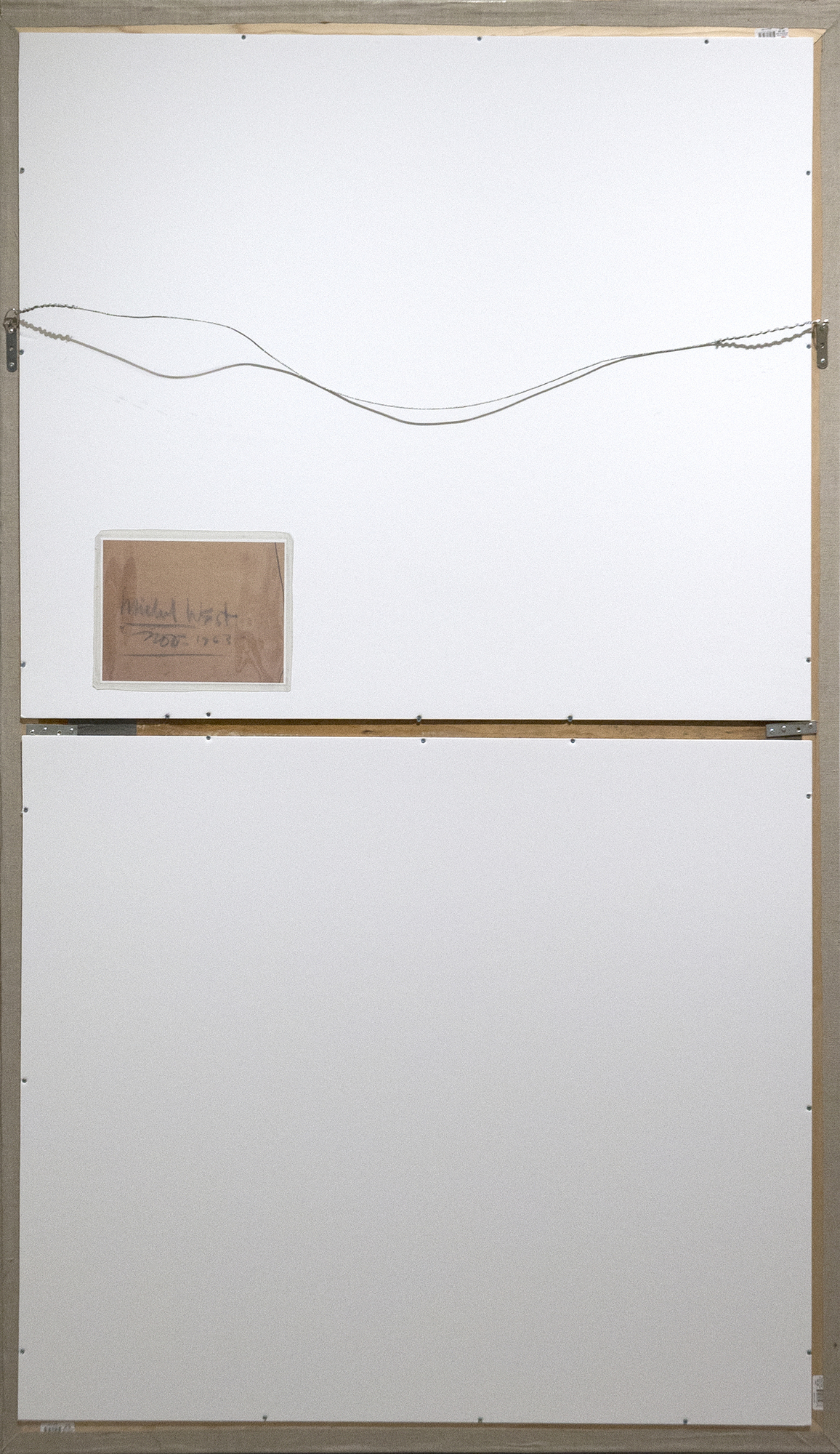
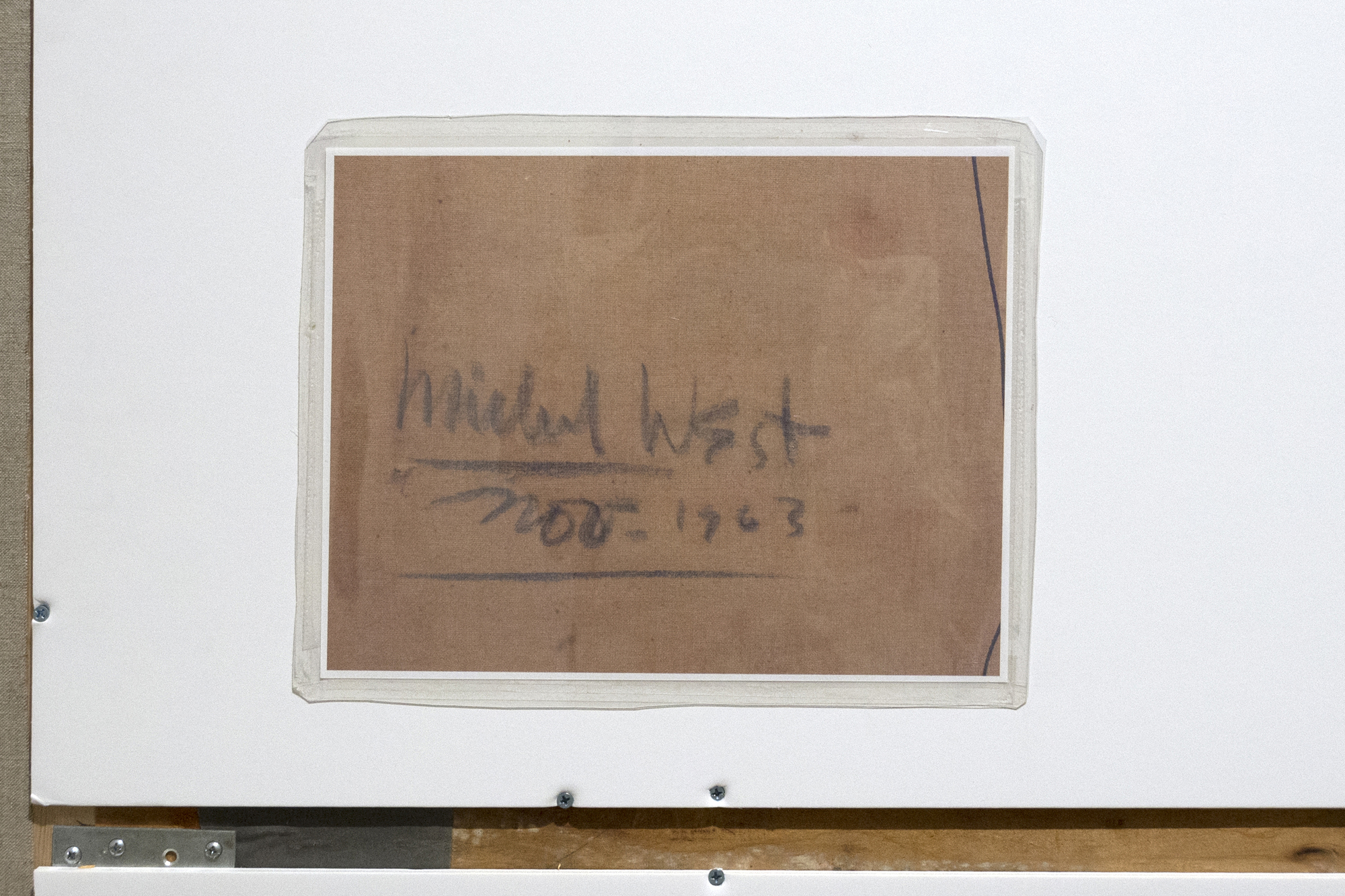
מקור ומקור
אוסף פרטי, ניו יורקאוסף פרטי
הת'ר ג'יימס פיין אמנות
195,000
"היום שאחרי", שצויר ב-1963, הוא תגובתו הקרבית והמופשטת של ווסט לרגע מרכזי בהיסטוריה האמריקאית - רצח הנשיא ג'ון קנדי. השכבות החופפות של גוונים רוויים אדומי דם המתנגשים במכות שחורות חזקות מרמזות על השבר בתודעה הלאומית ומעוררות תחושות של שיבוש ובלבול, המגלמים את צערו המופנם של האמן. ווסט הפך את האירוע לביטוי אישי עמוק של אבל, לוכד את כובד הצער של אומה בצורה שמתריסה לייצוג מילולי אך מדברת רבות מבחינה רגשית.


